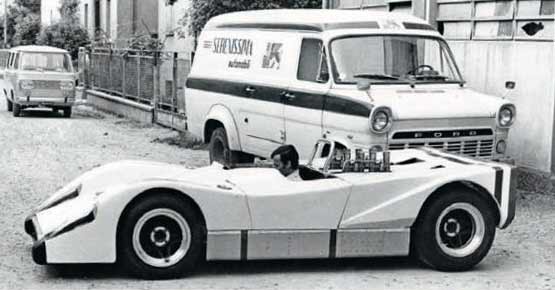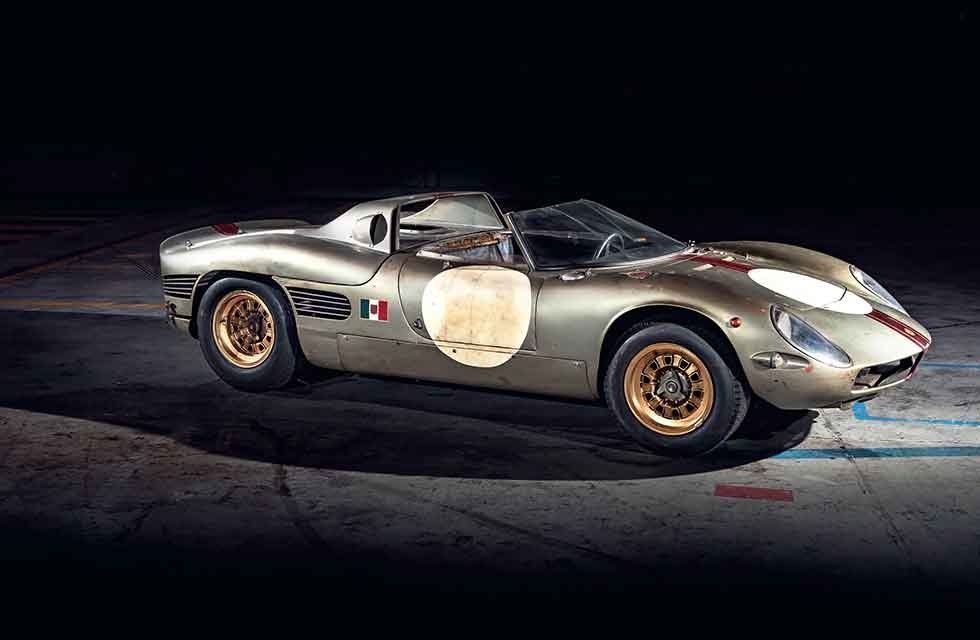
Erenissima forgotten Ferrari-Chaser. Untouched for 50 years, the Serenissima Spyder was a failed attempt to beat Ferrari at its own game Words Richard Heseltine. Photography Bernard Rouffignac/Motorsport Images.
LAST LAUGH FOR ENZO
GLORIOUS FAILURE Richard Heseltine tells the story of the short-lived Serenissima marque
All it took was a slap. It was a seminal event, and one that had far-reaching consequences for all save, perhaps, the one doing the slapping. Laura Ferrari, the evervolatile wife of Enzo, had a frank exchange of views with Ferrari’s commercial director, Girolamo Gardini, and matters rather snowballed thereon. He was tired of her constant interference and told her so. She responded in her own inimitable way and the rest is history. Gardini gave Il Commendatore an ultimatum: either she stopped meddling, or he would walk. Ferrari fired him on the spot. Gardini was well-liked and respected, so several Ferrari insiders sided with him. They petitioned for his return, only to join Gardini in looking for a new employer. Nobody told Enzo Ferrari what to do (apart from Laura).
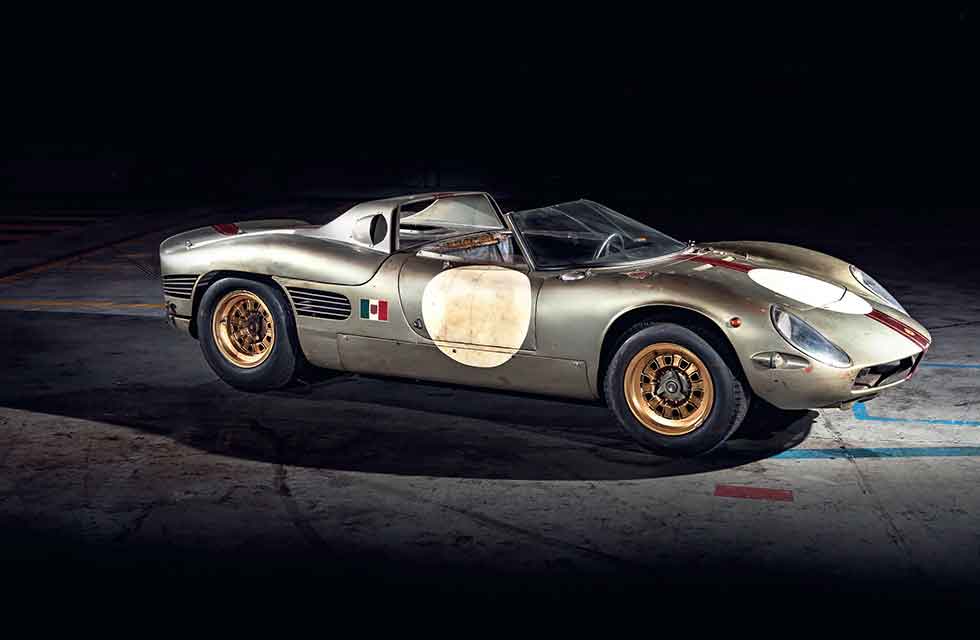
The story of the ‘Palace Coup’ at Maranello has been recounted many times, and is rarely told the same way twice. In fact, there is more than one version, but this is the most entertaining. What is beyond all doubt is this: in October 1961, shortly after Scuderia Ferrari had claimed both Formula One world titles, Enzo fired his brains trust – which included the likes of Giotto Bizzarrini and Carlo Chiti. They responded as the jilted often do, and set about plotting a little payback. The car you see here, the Serenissima Spyder, was in a roundabout way brought about by this desire to exact revenge on the house of the Prancing Horse… Sort of.
‘The Spyder was driven at the sort of pace you might euphemistically describe as “steady”, only to drop out with a broken gearbox’
Except that it failed on just about every level – not that anyone really noticed. The Spyder, for example, didn’t cover itself in glory, making only one frontline race appearance in period, before being parked for more than half a century. It’s still packing the same dry-sump, 3.5-litre quad-cam, 90º V8 as it did at Le Mans in 1966. Even the paint is original, and deliciously patinated with it. It’s a non-runner, but you cannot help falling for its dramatic outline, and the romance behind how – and why – it came to be. The story of Serenissima is a compelling one. The narrative encompasses such characters as a 20-something Venetian nobleman, Stirling Moss’ racing mechanic, the fledgling McLaren Grand Prix squad and a brilliant American-born designer. Call it six degrees of separation and you will be on the right lines, although two – possibly three – might be closer. But first came ATS. Once it became clear that Enzo Ferrari wasn’t about to take a turn for the contrite, Gardini, Bizzarrini, Chiti and others embarked on creating a rival marque; one that would vanquish anything made by their former employer in Grands Prix and the exotica market. With backing from Tuscan industrialist Giorgio Billi and French-born tin-mining heir Jaime Ortiz-Patiño, a new company was formed in Bologna under the Società per Azioni Automobili Turismo Sport Serenissima banner. The partners were astute enough to realise that this was a bit of a mouthful, so it was soon changed to ATS (Automobili Turismo e Sport).
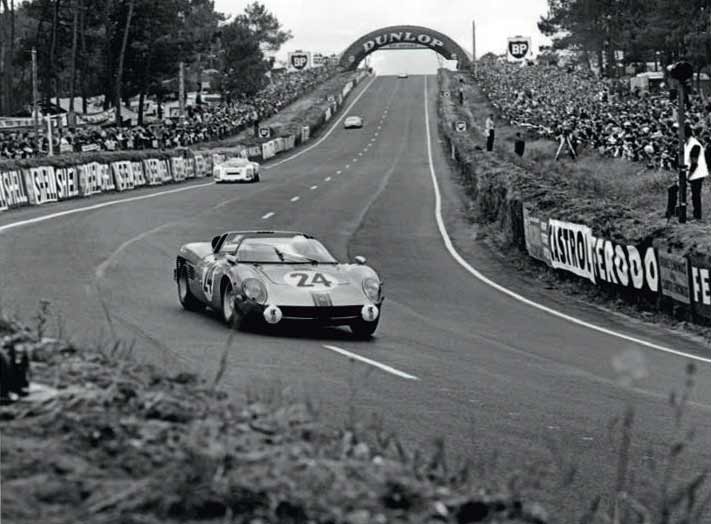
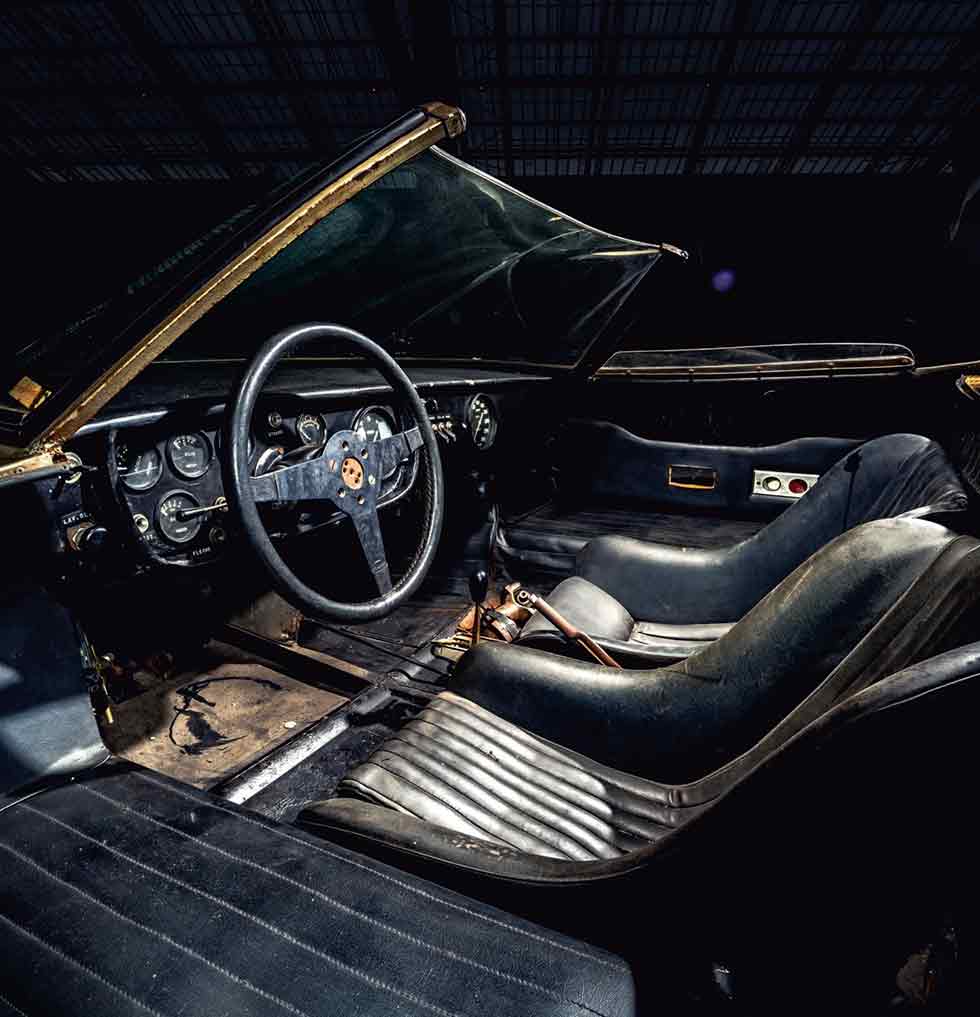
Late to the table was Count Giovanni Volpi di Misurata, who was offered a 20% stake in the firm. His father founded the Venice Film Festival and had been a close friend of Benito Mussolini, the Count using his vast inheritance to fund his motorsport forays. Scuderia Serenissima (aka Scuderia SSS Repubblica di Venezia) enjoyed great success with assorted Ferrari sports-racers and GTs, not least claiming outright honours in the 1962 Sebring 12 Hours. Volpi bought into the scheme on the condition that, at some point in the near future, ATS would be renamed ‘Serenissima’.
‘Ferrari labelled Volpi a traitor and anulled his order for a brace of 250GTOs; the Count fought back with the blisteringly quick “Breadvan”, based on a 250GT SWB’
The plan soon began to unravel. Chiti and Bizzarrini fell out almost immediately over what should power the road car. Within a few weeks of this start-up operation coming into being, Bizzarrini departed to form his own design and engineering consultancy, Società Autostar.

Chiti was tasked with simultaneously developing a Grand Prix chassis and an engine, plus a template-setting supercar with its V8 powerplant mounted amidships, but unwanted distractions from warring paymasters threatened to derail his efforts from the start. Not that Chiti was above playing politics himself…
When the ATS Tipo 100 finally appeared at Spa-Francorchamps for the 1963 Belgian Grand Prix, it proved an unmitigated disaster. Phil Hill failed to register a solitary point to the end of the season. Appalling reliability hobbled the American’s efforts, as did a lack of pace. He finished only one race. The ATS 2500 GT, meanwhile, broke cover at that year’s Paris motor show amid much hoopla, but this gorgeous Franco Scaglione-styled supercar was doomed. The firm shut up shop in 1964.
Then matters took a turn for the torturous. Volpi’s relationship with Billi and Ortiz-Patiño had proved rocky from the outset. He didn’t see eye to eye with Chiti, either, and opined that ATS had been weakened by Bizzarrini’s departure.
The Count sold his shares long before ATS turned turtle, and had planned to concentrate his efforts on the racing team, except Enzo Ferrari labelled him a traitor and annulled his order for a brace of 250GTOs. Volpi fought back with the blisteringly quick, Bizzarrini-reworked 250GT SWB-based ‘Breadvan’, while also fielding cars from other marques including Maserati, De Tomaso and Porsche. He did eventually land a 250GTO via a friend, but Ferrari and the Count didn’t speak again for another 20 years.
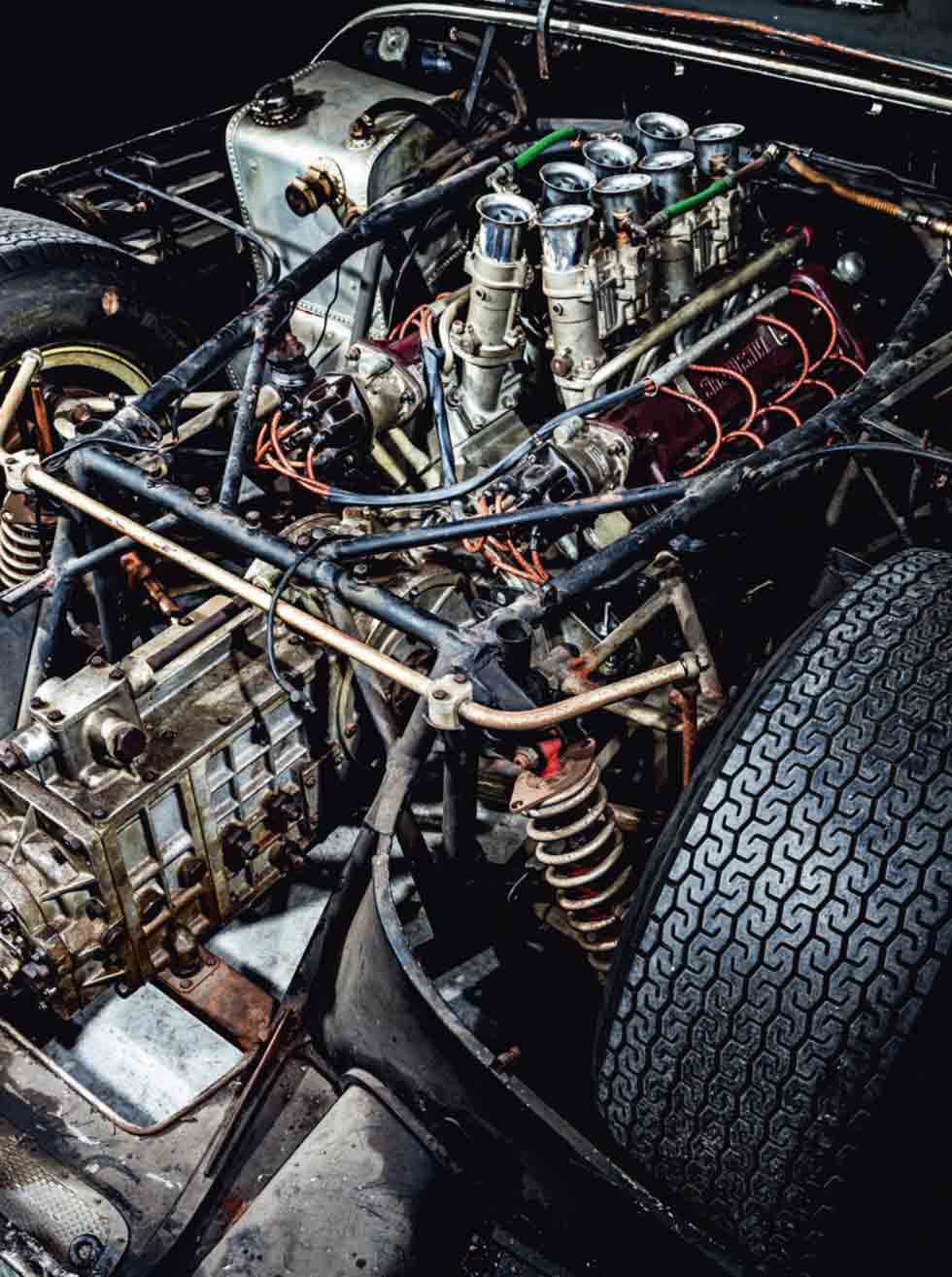
While Serenissima is widely touted as being derivative of previous ATS efforts, this isn’t really fair. Or accurate. After ATS crashed, Stirling Moss’ former spannerman Alf Francis had tried working his magic on its Grand Prix car with the help of his business partner, gearbox king Valerio Colotti. With a new, shorter spaceframe and revised bodywork, the renamed Derrington-Francis appeared at the 1964 Italian Grand Prix, where Portuguese blueblood Mário Cabral qualified last before retiring the car from the race with ignition problems. Little more came of the scheme, but the connection led to Volpi returning to car manufacture under the alias Automobili Serenissima after what was left of the ATS supercar construction arm was deposited at Francis’ Modena facility. Even then, there was precious little carry-over.
That said, it took a while for Volpi to be convinced there was any worth in building cars in his own image. He admitted in later years that he had kicked himself for passing on a V12 engine design that his friend Bizzarrini had offered to him first. Instead, it was adopted by Ferruccio Lamborghini, but, once again, the specifics of this story are a little hazy. It was only via Gardini’s entreaties that Volpi came round to the idea of making the leap from team patron to constructor, with Gardini acting as matchmaker between the Count and his new chief designer, Alberto Massimino.
From a freshly erected factory in Formigine, the veteran ingegnere created the ‘Tipo 358V’ 3-litre V8 – with twin overhead cams per bank – from scratch. Period figures quoted 307bhp at 8000rpm, with Massimino also designing the gearbox allied to it. Former Pininfarina artiste Francesco Salomone (who has retrospectively been credited with shaping the Ferrari 275GTB) penned a sleek, if unattractive, shape to clothe the vaguely ATS-rooted frame, the aluminium body being crafted by Carrozzeria Gransport. The prototype broke cover at the Aerautodromo di Modena on 20 December 1964. After being evaluated by journalist and Le Mans winner Paul Frère, chassis 001 then underwent a redesign (completed in April ’1965) with a further revised chassis and much prettier Salomone-styled body. This ‘new’ version was subsequently referred to as the Jet in (alleged) roadgoing trim, or Jet Competizione for circuit use.
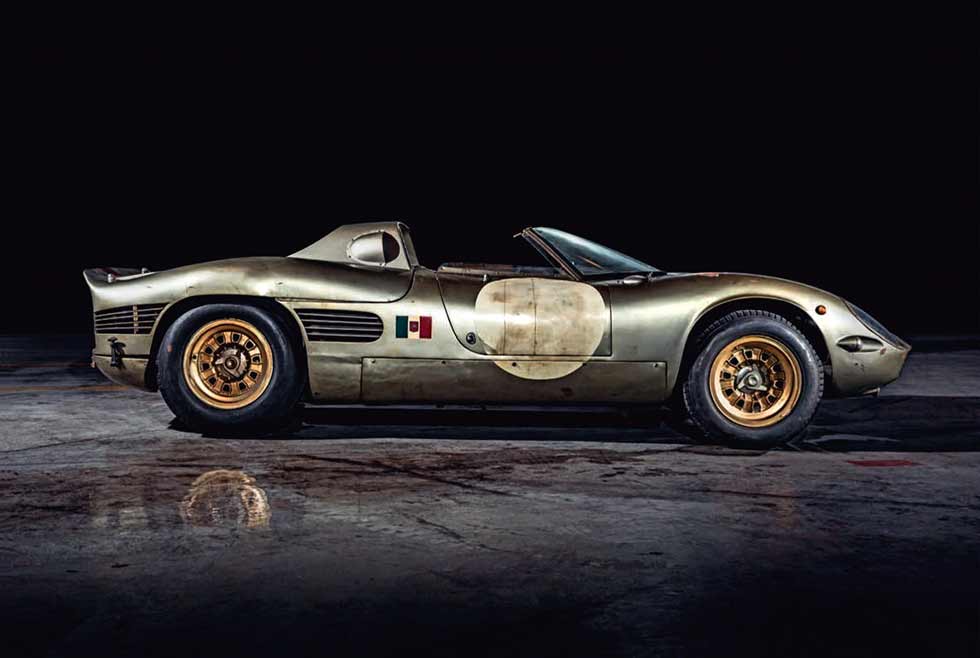
Two cars were provisionally entered for the 1966 Le Mans 24 Hours, with assistance from legendary team owner Rob Walker. During the test weekend, however, Louis Corberto lapped the Jet – by that time with the engine enlarged to 3.5 litres – to a best of 4 mins 18.6 secs, which was way off the pace. For the race proper a new variant, the Fantuzzi-bodied Spyder (aka Torpedo Competizione) pictured here, was the only Serenissima to make the start.
On paper, the Spyder appeared a promising prospect. For starters, it tipped the scales at just 985kg, and its quad-cam V8 – fed by a quartet of gurgling twin-choke Webers – was competitive in terms of horsepower. That said, its likeness to a Ferrari 250LM was palpable. Things didn’t get off to a great start, mind, as the team fell foul of the scrutineers after failing to turn up on time to have the car weighed; a fine was bestowed. Come the race, car 24 was driven by Paris Match journalist Jean-Claude Sauer and 50-something industrialist Jean de Mortemart at the sort of pace you might euphemistically describe as ‘steady’, only for the car to drop out with a broken gearbox five hours in. Only 15 cars from 55 starters made it to the flag that year. The Spyder – one of two believed made – never raced again. Instead, it was parked in Volpi’s garage.
Serenissima was clearly scrabbling to find a foothold. Nevertheless, matters had taken a turn for the unexpected a month before the Le Mans bid, when an alliance with a Formula One team threatened to lend credibility. In May 1966, Bruce McLaren approached Volpi with a view to adopting Serenissima’s engine for his fledgling F1 team in place of the existing Ford IndyCar-based unit. With a displacement of 3 litres, and running on Weber 42IDM carbs, it produced around 280bhp (some sources claim that it was closer to 310bhp). The relationship got off to a poor start at Spa-Francorchamps, though, after the V8 let go in qualifying. It did the same at the following round at Zandvoort. Fortunately, the engine held together long enough to propel the Kiwi’s McLaren M2B-2 to sixth place in the British Grand Prix at Brands Hatch, scoring his team’s first-ever World Championship point – and a small piece of motorsport history – in the process.
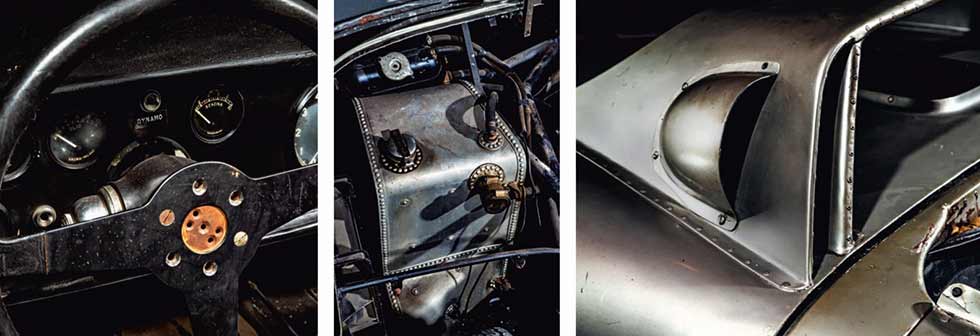
Not that Serenissima got to bask in the reflected glow of this success. The Jungla road car had appeared in the paddock at the 1966 Le Mans 24 Hours; it never entered series manufacture. Neither did the 3.5-litre Agena, another attempt at a production model, which similarly remained unique. The same was true of the Ghia Coupé, which was powered by an Alf Francis-designed, 3470cc ‘M-167’ engine.
The Count’s interest withered from that point on. Experiments with an old Lola MkVI amounted to little, while Volpi disowned a Formule Libre single-seater devised by Francis and reputedly based on an ancient BRP F1 car chassis. Apart from a McLaren-based sports-racer, that was it.
In 1970, Volpi called it quits. Rights to the name were sold to Moreno Baldi, but nothing was heard of the marque subsequently. Or rather, it all went quiet prior to Artcurial’s sale at Rétromobile in February, when the Count decided to have a garage clearout. The Spyder sold for a thumping €4,218,800, a result that led to a Serenissima racing car making headlines for the first time ever. Better late than never.
THE STORY CONTINUES…
Automobili Serenissima was quietly axed in 1967, only to be reborn under the imaginative alias of Serenissima Automobili shortly thereafter. Volpi took delivery of a McLaren Can-Am chassis in ’1968, which was subsequently transformed into the romantically named Mk168. Powered by an Alf Francis-designed Tipo 167 V8 that boasted three valves per cylinder, this brave new world variously wore two bodies, a closed version and an open variant with bodywork fashioned from Avional (lightweight alloy, below). Following several no-shows in events such as the Targa Florio and Nürburgring 1000km, there were a few minor placings with ex-Scuderia Ferrari alumnus Jonathan Williams as the works driver. The Mk168’s best result was second to Jo Siffert’s Porsche 910 in the 1968 Coppa Cittá di Enna Pergusa. Following a few appearances in 1970, it was game over for Serenissima.
